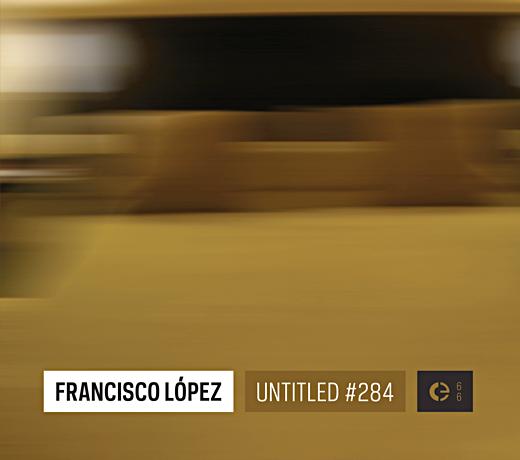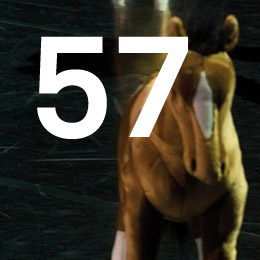
Futurónica 58

Episode 58 of Futurónica, a broadcast in Rádio Manobras (91.5 MHz in Porto, 18h30) and Rádio Zero (21h GMT, repeating on Tuesday at 01h) airs tomorrow, March 23rd.
The playlist of Futurónica 58 is:
- Pedro Tudela, Falha (2012, LX(RMX), Disquiet)
- In Bet Tween Noise, I Have in Me Like a Haze (2012, LX(RMX), Disquiet)
- @c & Vitor Joaquim, LXDolceVita (2008, Sonic Scope 2008, Grain of Sound)
- Kate Carr, Sing On For No Reason (2012, LX(RMX), Disquiet)
- @c & Vitor Joaquim + Pure, Lissabon (2007, De-tour, Feld)
- Steve Roden, I’m Wrapped By It As By a Fog (2012, LX(RMX), Disquiet)
- Feltro, That Was Then (2008, Sonic Scope 2008, Grain of Sound)
- Darwin’s Bitch, Last Remnants of a Final Illusion (2012, LX(RMX), Disquiet)
- Johnny Days, RYLY (2012, LX(RMX), Disquiet)
- The Frigatebird, No One Wonders What Lies Beyond My Local River (2012, LX(RMX), Disquiet)
- Scanner, A Heart Wound Like Clockwork (2012, LX(RMX), Disquiet)
You can follow Rádio Zero’s broadcasts at radiozero.pt/ouvir.
Mise_En_Scene and Steve Hess release “Non-Distinctionâ€

Now available as a C-34 premium BASF-Emtec Chrome tape from Los Discos Enfantasmes.
Mosaique live in Berlin

Next Saturday at “Supermarkt” (brunnenstr. 64). More info at supermarkt-berlin.net.
New podcast: Marc Behrens
Futurónica 57

Episode 57 of Futurónica, a broadcast in Rádio Manobras (91.5 MHz in Porto, 18h30) and Rádio Zero (21h GMT, repeating on Tuesday at 01h) airs tomorrow, March 9th.
The playlist of Futurónica 57 is:
- Pure, Live in Luzerne (2012, Crónica)
- Giuseppe Ielasi, 15 Tapes (2010, 15 Tapes, Senufo)
- Christian Vogel, Rocks in Motion (2010, Black Swan, eMego)
- This Immortal Coil, Red Queen (2009, The Dark Age of Love, Ici D’Ailleurs)
You can follow Rádio Zero’s broadcasts at radiozero.pt/ouvir.
Mosaique live in Porto

Next Saturday, March 10th, starting at 17h30, Mosaique will perform live at the Matéria Prima store in Porto. Mosaique has released the wonderful Shattering Silence and Filare in Crónica and will be making a rare appearance in Portugal.
New release: “Crossoversâ€

Crónica is very happy to present the new release in the Unlimited Series of editions, “Crossoversâ€, a compilation documenting a series of encounters that happened in 2011 during the “Active Crossover†project.
“Active Crossover†is a project initiated by Simon Whetham during a residency at the Polymer Factory Culturehouse, Tallinn, Estonia in 2009. During the residency he met and worked with many artists who were all working with sound and music in different and interesting ways, prompting him to exhibit the work he composed alongside work created by those he met and worked with throughout his time in Estonia and Latvia.
Performing at events a number of times during the residency became an integral part of the project, so when Whetham came to exhibit the works in the UK, each exhibition began and ended with a live performance event, drawing on a pool of diverse local artists and musicians. The format for each performance was that artists were organised into pairs, with one artist beginning to play solo, would then be joined by the second for a short collaborative crossover section, and then the first would end their performance, leaving the second to play their own solo piece.
Gathered on this compilation are a number of the crossover sections, where artists who had not met or collaborated before are captured performing together for the first time.
The project was supported financially by the Arts Council England, I Love West Leeds Festival and PRS for Music Foundation. Thanks go to those organisations, plus all at South Hill Park, Bracknell; Wolstenholme Creative Space, Liverpool; Millspace, Armley; Soundfjord, London; Vicki Laurie and family; Nina and Camlo Edge; Hannah Kemp and all of the artists who got involved, both included here and not…
You can download “Crossovers†as AIFF or MP3 files directly from Crónica and free of charge. Donations are welcome! :)
Mosaique live in Lisboa

Tomorrow night, Mosaique will present a live performance at Galeria Boavista, at Rua da Boavista 46, 4º Esq

, Lisbon.
David Maranha live in Porto

David Maranha performs tomorrow, March 2nd, at O Meu Mercedes É Maior Que o Teu, in Porto. This performance is organized by Mana, as part of their monthly series of events at this venue. Maranha will be joined by PatrÃcia Machás, his long-time collaborator at the Osso Exótico project.
Tickets are 5€ at the door or in advance at Matéria Prima. More information at Mana and O Meu Mercedes É Maior Que o Teu.

